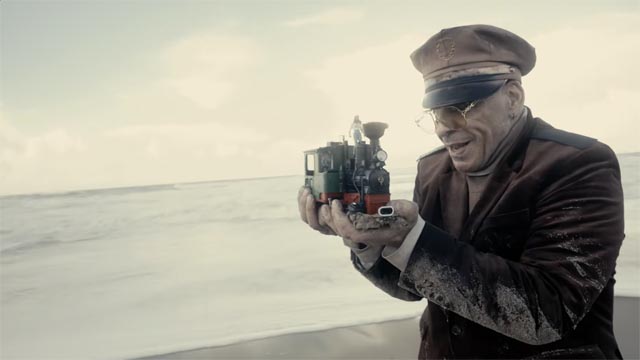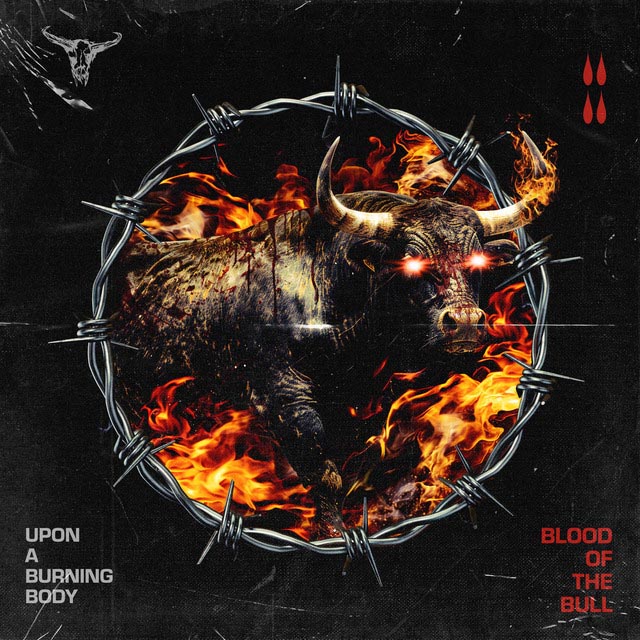 30 years ago today, the first Compact Disc players became commercially available in Japan. At $1,000, they weren’t cheap, and they wouldn’t arrive in the United States for another six months. Developed jointly by Sony and Philips, the first album to be released on CD was Billy Joel’s 52nd Street. It took a while for the technology to catch on – the first manufacturing plant didn’t open in the States until 1984, and it was a year after that until an album sold over 1 million copies on disc (Dire Straits’ Brothers In Arms).
30 years ago today, the first Compact Disc players became commercially available in Japan. At $1,000, they weren’t cheap, and they wouldn’t arrive in the United States for another six months. Developed jointly by Sony and Philips, the first album to be released on CD was Billy Joel’s 52nd Street. It took a while for the technology to catch on – the first manufacturing plant didn’t open in the States until 1984, and it was a year after that until an album sold over 1 million copies on disc (Dire Straits’ Brothers In Arms).
By the end of the 80s, the CD started to reach critical mass. The price of CD players came down significantly, even as labels had no problems charging $19 for something that cost pennies to make. As music fans replaced their vinyl and cassette collections with CD’s, labels and artists flourished. By 2000, it wasn’t out of the ordinary for a band to sell over 1 million copies in their first week, and the Diamond award was established by the RIAA to award artists that sold 10 million or more copies of an album.
Of course, the recordable CD, and then the MP3 signaled the beginning of the end of the format. As consumers realized they didn’t have to buy a whole album to get one song, CD sales began declining. Today, CD sales are a fraction of what they used to be, but they still accounted for 61% of all the albums sold in the first half of 2012. And as formats like vinyl continue to prosper (and even climb) while formats as unliked as the cassette are even coming back, the compact disc isn’t going anywhere anytime soon, even as sales continue to decline.











